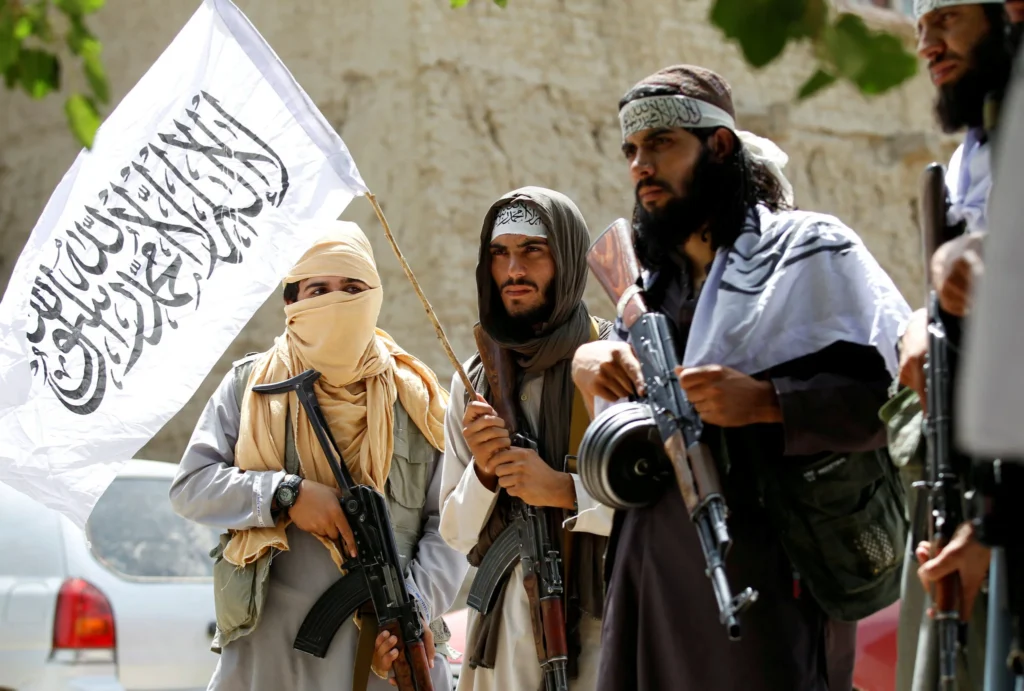The resurgence of Tehrik-i-Taliban Pakistan (TTP) has reignited concerns about cross-border militancy and regional instability. Since the political transition in Afghanistan in August 2021, Pakistan has consistently raised concerns about the presence of TTP elements operating from Afghan soil. These concerns, once viewed as bilateral grievances, are now substantiated by international assessments, making Afghanistan’s providing havens to TTP a critical focus for regional security discourse.
UN Reports Confirm Taliban’s Support for TTP Afghanistan
According to the United Nations Security Council’s Monitoring Committee, the TTP continues to receive logistical, operational, and financial support from within Afghanistan. The group’s strength remains significant, with over 600 fighters recorded in Afghan territory during 2024, many of whom have been linked to cross-border attacks targeting Pakistani security forces.
Further corroboration comes from a UN report published by The Diplomat in August 2025, which identifies Afghanistan as a continued safe haven for groups such as ISKP, al-Qaeda, and TTP. Despite diminished capabilities, these organizations maintain a “diverse and dynamic” threat profile, with TTP receiving sustained support and protection.
Pakistan’s Permanent Representative to the UN, Ambassador Munir Akram, has diplomatically emphasized the need for mutual commitments to non-interference. In his March 2025 statement, he noted that the presence of TTP operatives in Afghanistan undermines Pakistan’s counterterrorism efforts and strains bilateral trust.
Strategic Implications for Pakistan
The operational sanctuary enjoyed by TTP in Afghanistan presents a multifaceted challenge for Pakistan. It allows the group to regroup, train, and launch attacks with relative impunity. This dynamic complicates border management and undermines efforts to build trust between Islamabad and Kabul. Moreover, it exacerbates domestic instability, particularly in Khyber Pakhtunkhwa and Balochistan, where TTP has targeted law enforcement and civilians.
While Afghan authorities have reiterated their commitment to preventing the use of their territory against others, the UN Analytical Support and Sanctions Monitoring Team reported that TTP receives up to $43,000 monthly in support from Afghan sources, an indication of sustained institutional backing.
Diplomatic and Security Responses
Pakistan’s response has been measured and multifaceted. Enhanced border fencing, intelligence operations, and targeted counterterrorism efforts have been implemented. However, without reciprocal cooperation, these measures remain limited in scope. Islamabad has also engaged with international partners, urging forums such as the UN and OIC to encourage constructive dialogue and accountability.
The absence of formal recognition of the Afghan interim government complicates enforcement mechanisms. Without diplomatic leverage or economic incentives, Pakistan’s options are constrained. This has led to calls for a regional counterterrorism framework involving Iran, China, and Central Asian states, nations that also share concerns about militant spillover from Afghanistan.
The Need for a Coherent Strategy
To address the challenge of Afghanistan providing havens to TTP, Pakistan must pursue a multi-pronged strategy:
- Intensify diplomatic engagement with global and regional actors to isolate TTP and encourage cooperative security measures.
- Strengthen border surveillance and invest in counterinsurgency capabilities in vulnerable districts.
- Amplify public diplomacy to highlight the human cost of militancy and promote narratives of peace and resilience.
Support civil society and local governance in affected areas to reduce militant recruitment and restore public trust.
Conclusion
The presence of TTP elements in Afghanistan is no longer a peripheral issue; it is a central challenge to regional peace and Pakistan’s internal security. With mounting evidence from UN reports and diplomatic channels, the need for strategic clarity and regional cooperation is urgent. Pakistan must lead efforts to dismantle militant sanctuaries and ensure that no territory is used to destabilize its neighbors. The path forward lies in principled diplomacy, shared responsibility, and a collective commitment to peace.



